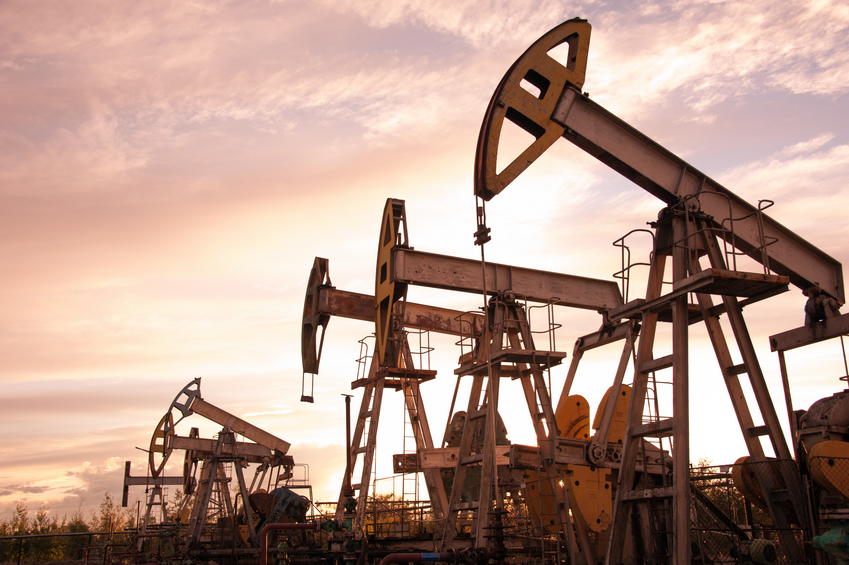Gas Pipeline Hydraulics

This online engineering PDH course covers the steady state analysis of compressible fluid flow through pipelines. In particular, we will cover natural gas pipeline transportation including how pipelines are sized for a particular flow rate, the pressure required to transport a given volume of gas and the compression horsepower required.
The properties of natural gas that affect pipe flow will be reviewed first followed by the concepts of laminar and turbulent flow and Reynolds number. Frictional pressure loss and the method of calculating the friction factor using the Moody diagram and the Colebrook and AGA methods will be illustrated with examples. Several other popular flow equations, such as the Weymouth, IGT and Panhandle formulas will be introduced and explained with example problems. Increasing pipeline throughput using intermediate compressor stations as well as pipe loops will be discussed. The strength requirement of pipes, allowable operating pressure and hydrostatic test pressure will be reviewed with reference to the DOT code requirements.
This 6 PDH online course is intended for civil, mechanical and process engineers involved in the planning, design, and construction of gas pipelines, or seeking to gain a better understanding of the hydraulics of gas pipelines.
This PE continuing education course is intended to provide you with the following specific knowledge and skills:
- Understanding gas properties including viscosity, pressure, compressibility factor and gas laws
- Calculating the properties of a natural gas mixture
- Calculating the compressibility factor of a gas using the Standing-Katz chart
- Learning about friction and transmission factors used in gas pipeline pressure drop equations
- Calculating pressure drop due to friction in a gas pipeline using the General Flow Equation
- Calculating gas pipeline velocity and erosional velocity
- Applying gas pipeline pressure drop equations, including Panhandle A, Panhandle B, Weymouth and the IGT equation
- Calculating compression ratio, efficiency and horsepower for compressor stations
- Calculating the allowable pipe pressure using design factors based on the location of the pipeline and its proximity to populated areas
- Using compressor stations and pipeline looping to increase gas throughput
In this professional engineering CEU course, you need to review the document titled "Gas Pipeline Hydraulics".
Upon successful completion of the quiz, print your Certificate of Completion instantly. (Note: if you are paying by check or money order, you will be able to print it after we receive your payment.) For your convenience, we will also email it to you. Please note that you can log in to your account at any time to access and print your Certificate of Completion.